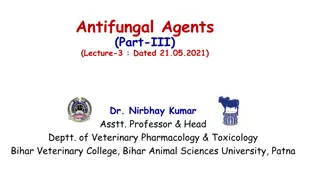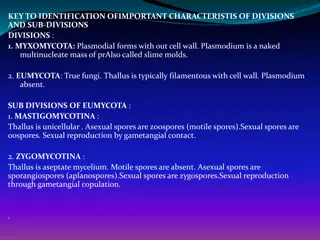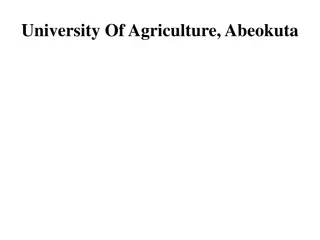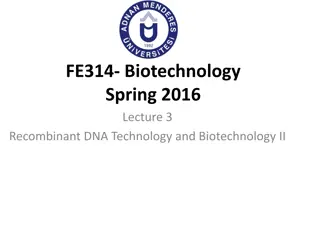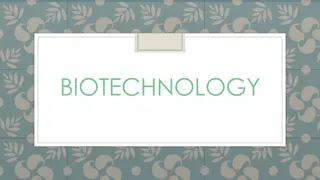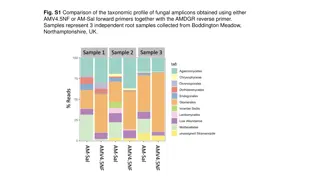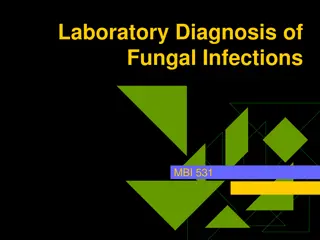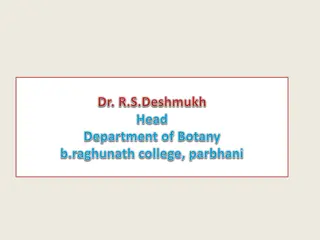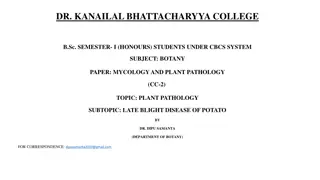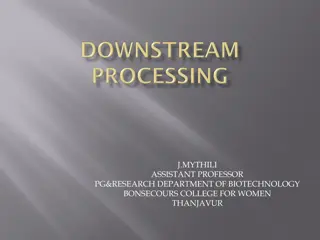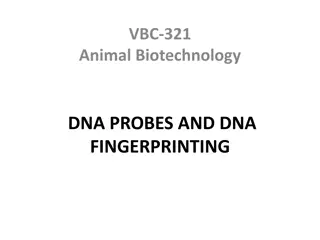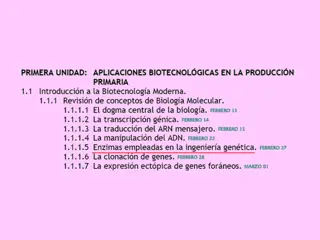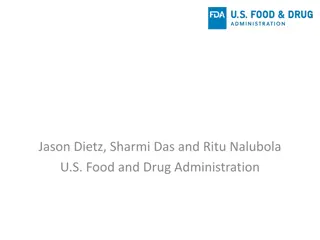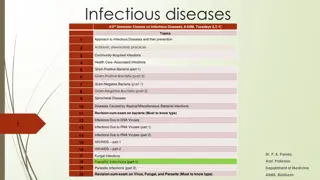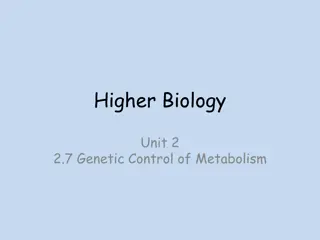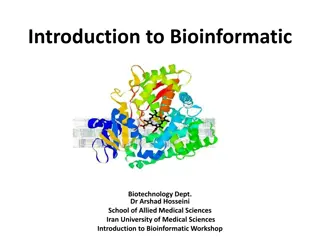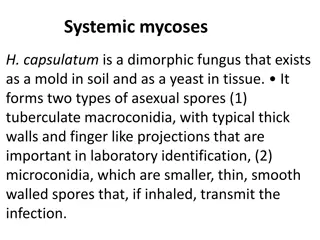Exploring the World of Fungal Biotechnology
Fungal biotechnology involves utilizing living organisms like fungi for industrial applications, leading to the production of various valuable products such as enzymes, vitamins, and secondary metabolites. This field not only benefits industries by offering energy-efficient processes but also contributes to health, nutrition, and drug discovery. With advancements in molecular manipulations and food applications, fungal biotechnology continues to play a crucial role in global industries, promising a bright future ahead.
Download Presentation

Please find below an Image/Link to download the presentation.
The content on the website is provided AS IS for your information and personal use only. It may not be sold, licensed, or shared on other websites without obtaining consent from the author. Download presentation by click this link. If you encounter any issues during the download, it is possible that the publisher has removed the file from their server.
E N D
Presentation Transcript
Introduction of Fungal Biotechnology Biotechnology which can simply be defined as the application of living organisms and their components to industrial products and processes Biotechnology also offers the potential for new industrial processes that require less energy and are based on renewable raw materials. not just concerned with biology interdisciplinary subject (integration of natural and engineering sciences).
Uses of Fungi production of enzymes Vitamins polysaccharides polyhydric alcohols pigments glycolipids. Some of these products are produces commercially while others are potentially biotechnology. valuable in
Fungal secondary metabolites extremely important to our health and nutrition and have tremendous economic impacts. In addition to the multiple reaction sequences of fermentations, fungi are extremely useful in carrying out biotransformation processes Recombinant DNA technology which includes yeast and other fungi as hosts has markedly increased markets for microbial enzymes.
Molecular manipulations in the discovery of new drugs. Today fungal biotechnology is a major participant in global industry. Moreover, the best is yet to come as genomes of additional species are sequenced at some level and gene and protein arrays become available.
Food applications Brewing and baking (thousands of years) both are dependant on the conversion of sugar into alcohol and carbon dioxide by yeast. Early processes were dependant on contamination by wild yeast. Today pure strains are normally employed and some 1.5 million tons of bakers yeast (Saccharomyces cerevisiae). Aspergillus oryzae, is now used to produce a range of commercially important enzymes.
Oriental food fermentations such as the one used to produce soy sauce were originally carried out as home or cottage industries. Traditional fermentations could take several months but this has been reduced to 2-3 days in a modern plant Cultivation of edible mushrooms outdoors has been practiced for hundreds if not thousands of years.
However, even today only a handful of species are grown commercially on large scale although these represent a multi billion dollar industry. Many of the most sought after species e.g. Boletus edulis, Cantharellus cibarius Hydnum repandum Tricholoma matsutake Tuber melanosporum) are believed to be dependent on mycorrhizal associations.
A recent innovation in food technology has been the development of Quorn mycoprotein from a filamentous fungus (Fusarium graminearum) The culture was isolated from a field in Marlow, Buckinghamshire. The filamentous nature of the biomass is responsible for the meat-like texture and appearance of final product.
Useful products Many important industrial products are now produces from fungi using fermentation technology. Citric acid which is widely used in food and pharmaceutical companies. A wide range of enzymes are extracted by fungi and play an important role in the breakdown of organic materials; many of these enzymes are produced commercially.
Cellulase enzymes could replace the pumice stones used by industry to produce 'stone-washed' denim garments. Another novel textile application for cellulase enzymes is in biopolishing, the removal of fuzz from the surface of cellulosic fibers which eliminates pilling making the fabrics smoother and cleaner- looking.
Fungi are well known source of antibiotics but new therapeutic compounds with novel pharmacological activities have also been developed in recent years (e.g. Tolypocladium inflatum).Cyclosporin A is currently the most widely used drug for preventing rejection of human organ transplants . The polysacchrides chitin and its derivatives chitosan have a wide range of industrial applications. Filamentous fungi grown under controlled conditions are an attractive source of chitin and chitosan where a high quality product is required.
Other processes Fungi can be used in new production processes that are t less polluting than traditional chemical processes white rot fungi degrade toxic waste. Many fungi produced pigments during their growth which are substantive as indicated by the permanent staining that is often associated with mildew growth on textiles and plastics.
Lignin-degrading fungi or their enzymes also have the ability to degrade highly toxic organic compounds dioxins polychlorinated biphenyls an important role in the remediation of contaminated soils and the disposal of chemical waste. The use of fungi as biocontrol agent Mycoinsectisides (Metarhizium anispoliae) first mycounsecticide Mycoherbicides
Recent studies have suggested that lignin- degrading or white-rot fungi (note: decay caused by these species gives wood a bleached appearance) such as Phanerochaete chrysosporium and Trametes versicolor could replace some of the chemical steps used in paper making. Some fungal pigments have been shown to be anthraquinone derivatives, resembling the important group of vat dyes. Fungi therefore have potential as agents for the direct production of textile dyes or dye intermediates replacing chemical synthesis which has inherent waste disposal problems.









